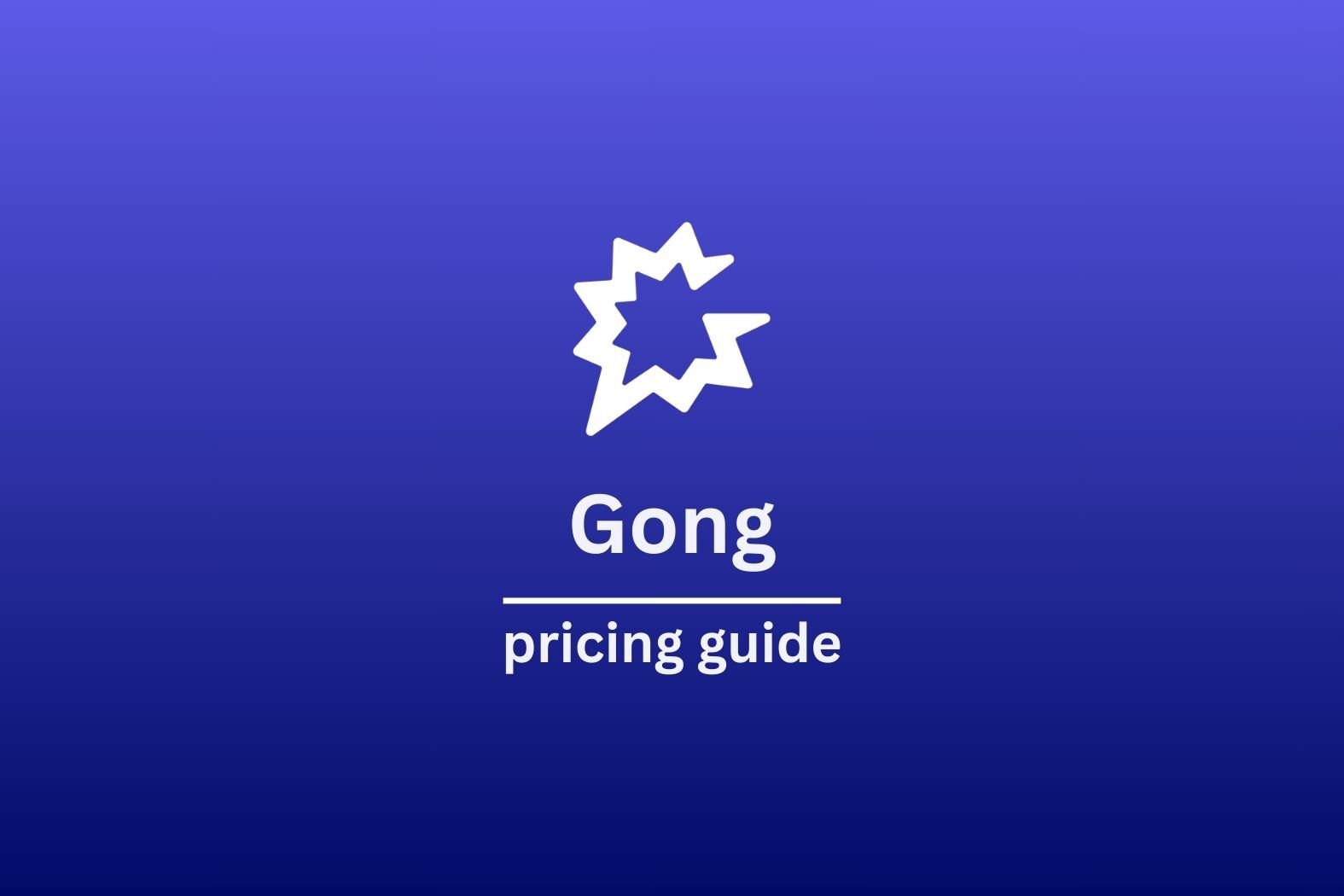Microsoft Teams, a popular tool in today’s digital workspace, it’s no wonder you’re curious about how to record a Teams meeting. MS Teams offers a range of features for communication and collaboration. Primarily used for virtual meetings, it’s a platform where teams can chat, share files, and work together no matter where they are. What sets it apart is its simplicity and integration with other Microsoft Office tools, making it a go-to choice for many businesses.
In an era where remote work and digital collaboration are becoming the norm, tools like Microsoft Teams have become essential. The platform’s ability to integrate seamlessly with other Microsoft Office applications enhances its appeal, making it an indispensable tool for businesses of all sizes. In addition to its primary communication functions, Microsoft Teams’ recording feature is great in enhancing accountability and knowledge sharing in a virtual environment.
As you can imagine, recording on Microsoft Teams is a feature that’s incredibly useful for various purposes. Whether you’re looking to capture a key meeting, save a training session, or just keep a record of a discussion, Teams makes it straightforward. This guide will walk you through the steps to record your meetings on Microsoft Teams. It’s a feature that’s handy for revisiting important points, sharing the meeting with those who couldn’t attend, or for future reference. After that, we’ll also introduce you to tl;dv, an alternative solution, and discuss its benefits. Stay tuned to learn how these tools can enhance your virtual meeting experience.
Can you record on Microsoft Teams?
Yes, it’s possible and straightforward to record meetings on Microsoft Teams!
Here’s how to go about it:
- Recording Short Clips in Chats:
- Open Microsoft Teams and navigate to a one-on-one or group chat.
- Use the ‘Record a video clip’ option under the message box.
- Start recording your video or screen. You can pause and resume as needed.
- Once done, review and trim your clip, then send it directly in the chat.
- Recording Full Meetings:
- Start or join a Teams meeting.
- Use the meeting controls to start recording by selecting ‘More actions’ > ‘Record and transcribe’.
- All participants will be notified that recording has started.
- When finished, stop the recording from the meeting controls. The recording will automatically be saved to SharePoint or OneDrive, accessible for future reference.
Sharing Your Recording
Now that you’ve got your recording, how do you share it?
Once your recording is done, you can easily access and share it:
- For full meeting recordings, find them in the meeting chat or in your SharePoint or OneDrive folder.
- For chat video clips, they’re instantly shared in the chat and can be accessed by chat participants.
When sharing recordings, it’s important to be mindful of the sensitive information they might contain. Microsoft Teams allows you to set permissions for who can view or download the recording. This ensures that confidential information remains secure while still being accessible to authorized personnel. Moreover, organizing these recordings with clear, descriptive titles can save time when searching for specific meeting details later.
How to Record a Presentation on Microsoft Teams
Here’s a simple guide to recording a presentation on Microsoft Teams:
Presentations can be effectively recorded using Microsoft Teams:
- Prepare your presentation in your preferred software.
- Open Teams and start a new meeting.
- Use the ‘Share Screen’ feature to share your presentation.
- Start recording the meeting to capture both your presentation and narration.
- Keep unnecessary tabs or windows closed to maintain focus.
- Once the presentation is done, stop the recording. The video will be saved automatically and can be shared as needed.
After recording, save and share your presentation as needed.
Before starting your recording, ensure that your microphone and camera are properly set up and tested to avoid technical glitches, such as a microphone not working or video not displaying. A good practice is to close any unnecessary applications to prevent distractions and maintain focus on your presentation. Remember, a well-recorded presentation can serve as a valuable resource for training new employees or revisiting complex topics in the future.
Microsoft Teams vs tl;dv
While Microsoft Teams is excellent for straightforward recording needs, tl;dv is more suited for in-depth analysis and management of meeting content. The choice between these tools depends on the specific needs of your organization, such as the level of detail required in meeting documentation or the necessity for advanced features like AI-driven analytics.
Why Choose tl;dv for Recording Microsoft Teams Meetings?
Enhanced Recording Features:
tl;dv goes beyond just recording Microsoft Teams meetings by offering advanced features like timestamping key moments and automatic transcription in multiple languages. tl;dv’s timestamping feature is particularly valuable for long meetings, allowing users to jump to the most relevant parts of the recording without having to sift through hours of content. This can be a significant time-saver, especially when reviewing meetings for specific discussions or decisions.
AI-Driven Summaries:
Utilizing cutting-edge AI technology, tl;dv provides concise, accurate AI-generated summaries of your meetings. This feature helps in quickly grasping the key points, saving time and enhancing productivity. AI-driven summaries are not just about convenience; they represent a leap in meeting efficiency. By offering concise overviews of lengthy discussions, these summaries enable quick decision-making and ensure that key points are not lost in the sea of information.
Easy Editing and Sharing:
With tl;dv, trimming, editing, and sharing your Microsoft Teams recordings becomes more efficient, making it easier to distribute meeting insights. Editing and sharing become a breeze, especially for non-technical users. The intuitive interface allows for quick trimming of recordings, making it easier to share the most pertinent parts of a meeting. This feature is particularly useful for creating training materials or sharing highlights with stakeholders who may not have the time to watch a full meeting.
Seamless Integration:
tl;dv integrates smoothly with Microsoft Teams, enhancing its functionality without disrupting your existing workflow.
As well as these features opting for a third-party tool like tl;dv for recording Microsoft Teams meetings offers several benefits:
1) Cross-Platform Compatibility: tl;dv serves as a unified solution for recording and managing meetings across various platforms, ideal for teams utilizing services like Google Meet, Zoom, and Microsoft Teams.
2) Cost-Effective Solution: Avoid the high costs associated with premium subscriptions for recording features. tl;dv offers an economical alternative with essential functionalities.
3) Data Retention and Accessibility: Ensure the retention of all your meeting recordings with tl;dv, even if your organization shifts away from Microsoft Teams. This means continued access to valuable data without the need for extra storage space.
4) Scalability and Security: Designed to scale with your business needs, tl;dv provides secure storage and easy access to recordings, suitable for growing businesses.
Recording on Microsoft Teams Made Easy
Recording on Microsoft Teams is straightforward and ideal for capturing essential meetings, crafting tutorials, or documenting presentations. Its seamless integration with other Microsoft Office tools enhances its functionality, making Microsoft Teams a valuable asset in any business or educational environment.
However, in today’s diverse digital landscape, not everyone uses the same platform for their virtual meetings. This is where tl;dv steps in as a great alternative, especially for those seeking more advanced recording features.
tl;dv’s enhanced capabilities, including AI-driven summaries, timestamping, and most importantly, its cross-platform compatibility, revolutionize the recording experience. It consolidates recordings and insights from various platforms like Google Meet, Zoom, and Microsoft Teams into one centralized location.
Why scatter your valuable meeting data across multiple platforms when you can have it all in one place? tl;dv offers a unified, cost-effective, scalable, and secure solution, making it the preferred choice for businesses aiming to streamline their digital meeting management.
Choosing between Microsoft Teams and tl;dv depends on your specific needs. Microsoft Teams excels in simplicity and integration within its ecosystem, while tl;dv shines in providing a comprehensive, flexible solution that caters to a multi-platform environment. By leveraging either of these tools, you ensure that your virtual collaborations are productive and that the insights gained become accessible and valuable long-term resources, centralized for ease of access and management.





